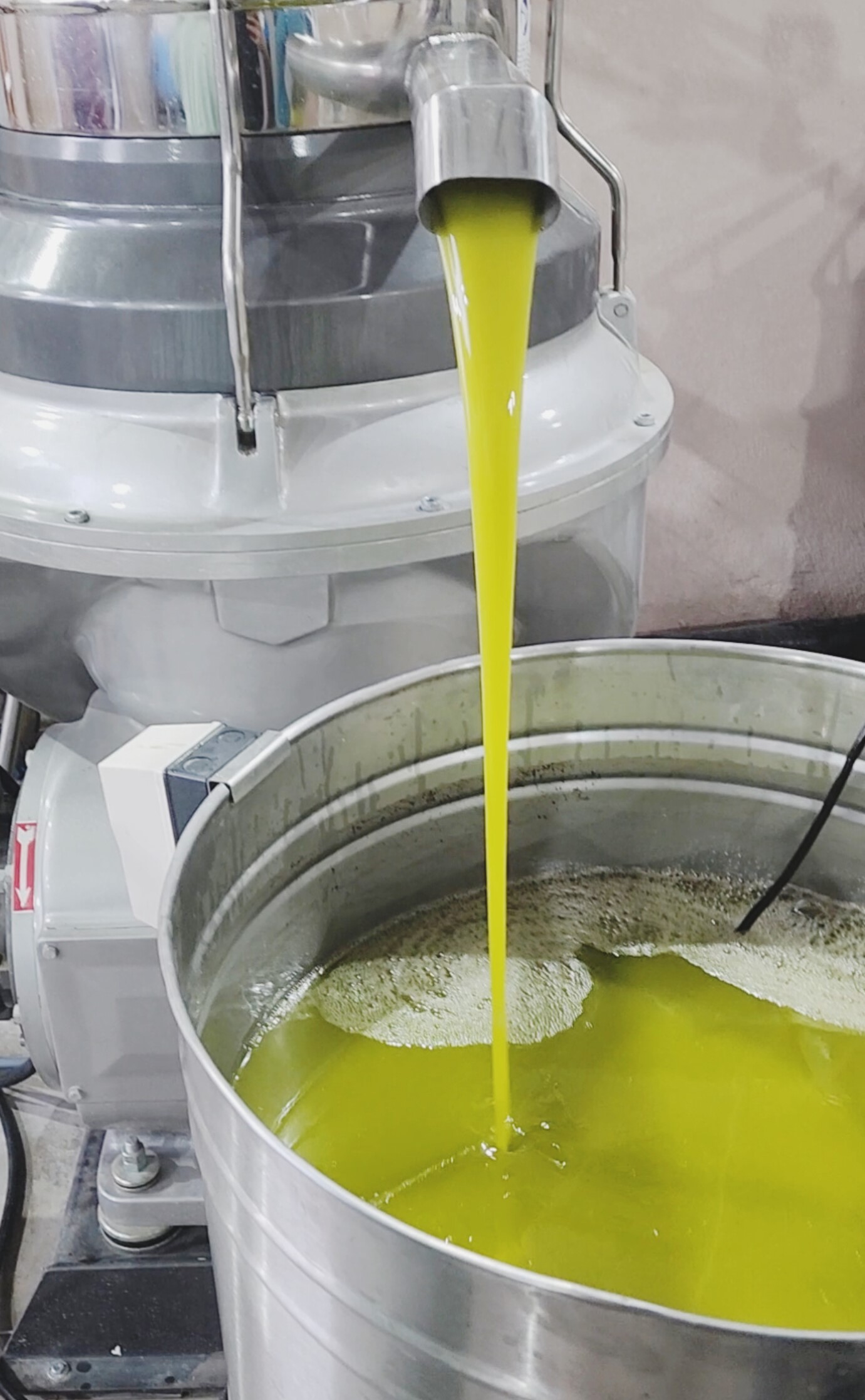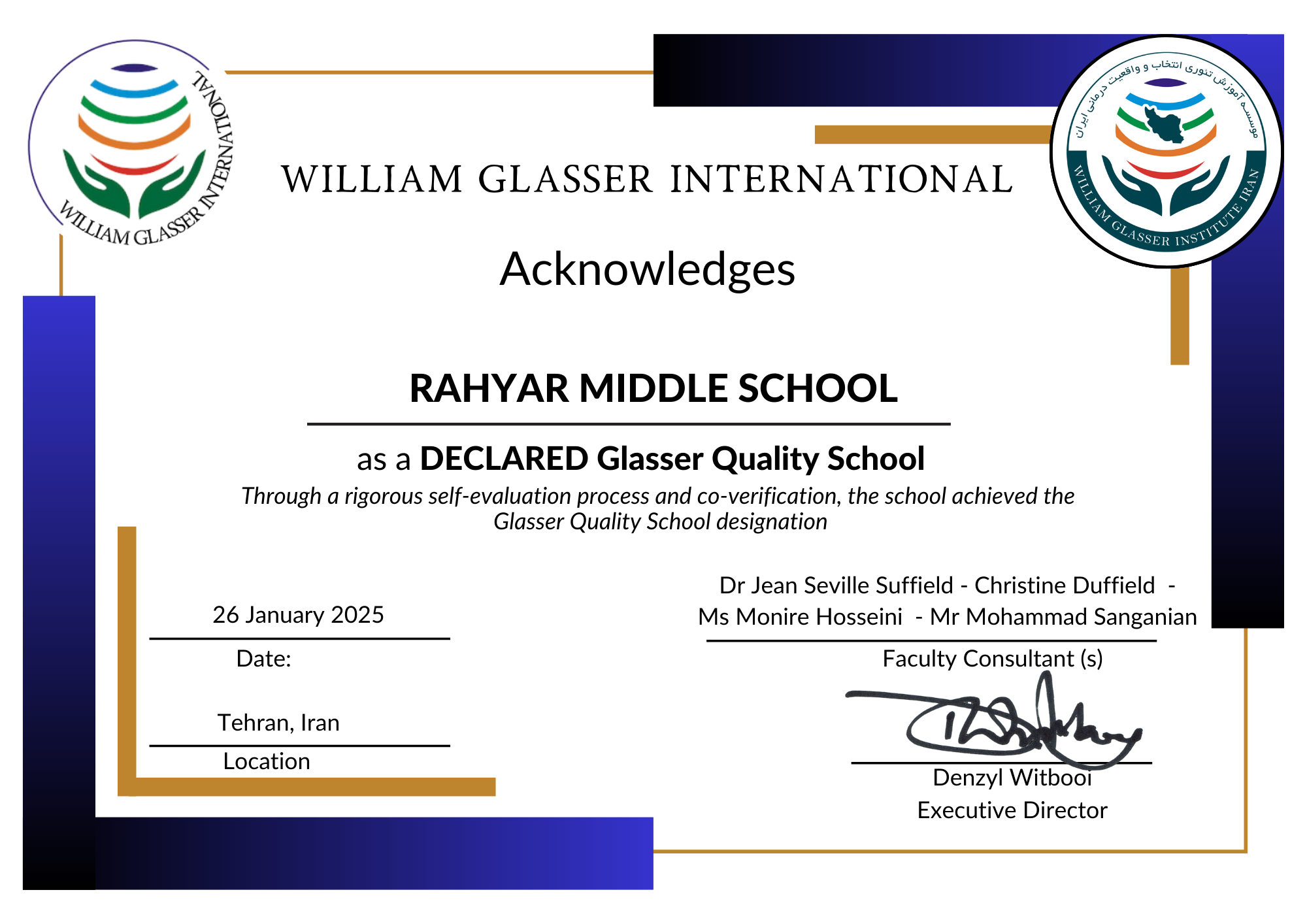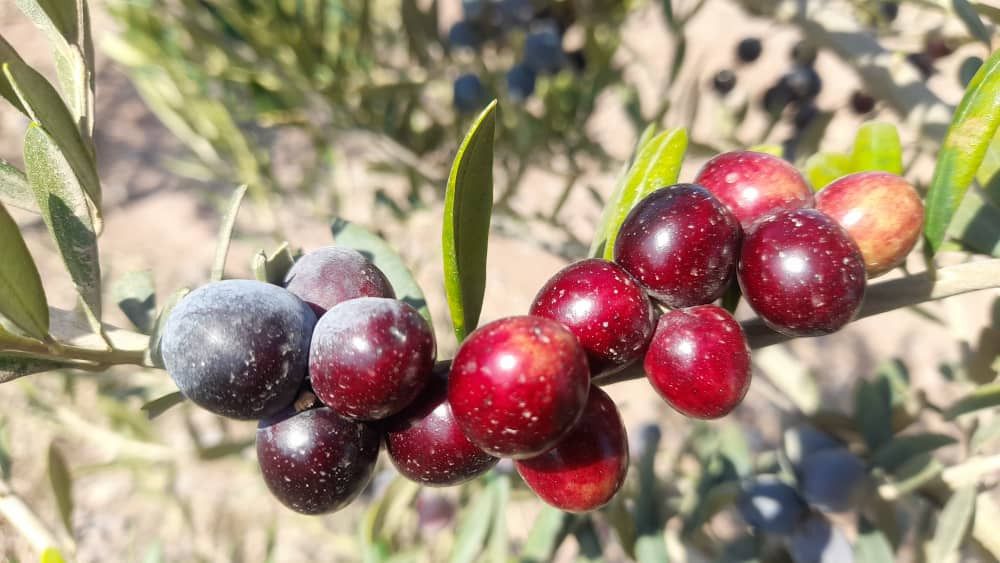When discussing olive oil, the first and most important question to ask is, "Which type of olive oil are we talking about?" Globally, there are generally six types of olive oil, categorized based on chemical and organoleptic characteristics:
Extra Virgin Olive Oil
Virgin Olive Oil
Refined Olive Oil
Refined Pomace Oil
Oil Produced by Blending Refined and Virgin Olive Oil
Olive Pomace Oil
The highest quality olive oil is Extra Virgin Olive Oil, followed by Virgin Olive Oil and Refined Olive Oil, which rank second and third in terms of quality. Since Tat Sabz Company's policy and planning focus on producing Extra Virgin Olive Oil, the remainder of this article will address only Extra Virgin Olive Oil and its production processes in the company's orchards. Henceforth, whenever "olive oil" is mentioned, it refers to Extra Virgin Olive Oil.
The production and consumption cycle of Extra Virgin Olive Oil includes seven stages:
Planting and cultivation of olive trees
Harvesting the fruit
Extracting the oil
Storing and preserving the produced oil
Packaging and distribution
Selling and marketing the oil
Consumption by the end-user
Tat Sabz Agricultural Group's experts meticulously evaluate all these stages. By leveraging their experience and collaborating with specialists from leading countries like Spain, they ensure the highest quality of the produced oil.
Selection of Olive Varieties
With advice from scientists and experts in olive production, suitable regional varieties with the highest oil quality and yield have been chosen. The varieties planted in the company's orchards include Koroneiki, Picual, Arbequina, Arbosana, Sikitita, and Lecciana. All cultivation activities are conducted based on scientific horticultural principles. Processes such as irrigation, fertilization, weed control, and pest and disease management are carried out using advanced methods and modern technologies.
Inputs used in this stage undergo rigorous evaluations by the input control team. Necessary analyses are performed to guarantee input quality before use, and any non-compliant inputs are excluded. Irrigation and fertilization are managed through modern systems, ensuring that the trees receive water and nutrients at the right time and in the correct amounts.
Weed control is performed mechanically, while pest management employs Integrated Pest Management (IPM) techniques and uses safe pesticides.
Fruit Ripening and Harvesting Stage
The ripening of fruits is closely monitored, and the optimal harvesting time for each variety is determined using the Maturity Index.
Harvesting
Once the fruits reach the ideal ripeness index, they are harvested. Healthy, contamination-free fruits are mechanically harvested using a combine harvester. One of Tat Sabz’s significant advantages is its mechanized harvesting system. This approach allows for rapid and high-quality harvesting, ensuring that the fruits reach the oil extraction stage in optimal condition.
Notably, mechanized olive harvesting with combines is unique to Tat Sabz Company in Iran, as no other company uses this method.
Oil Extraction Stage
Efforts are made to minimize the time between harvesting and oil extraction to under four hours. Oil extraction is carried out under the supervision of specialists, and all stages, from fruit reception to oil storage, adhere to European standards.
Initially, the fruits are thoroughly washed using advanced machinery, removing impurities like excess leaves and branches. The washing line used at the Tat Sabz factory is from the ASIGRAN brand, one of the world's leading manufacturers of fruit washing equipment. After washing, the fruits are crushed, and the resulting paste is sent to a malaxer.
A critical factor in the quality of the produced oil is the temperature of the paste during malaxation. According to global standard protocols, the malaxer temperature in the cold press method should be 27°C. Tat Sabz uses the cold press method, and the paste temperature is continuously monitored to ensure it does not exceed this standard




